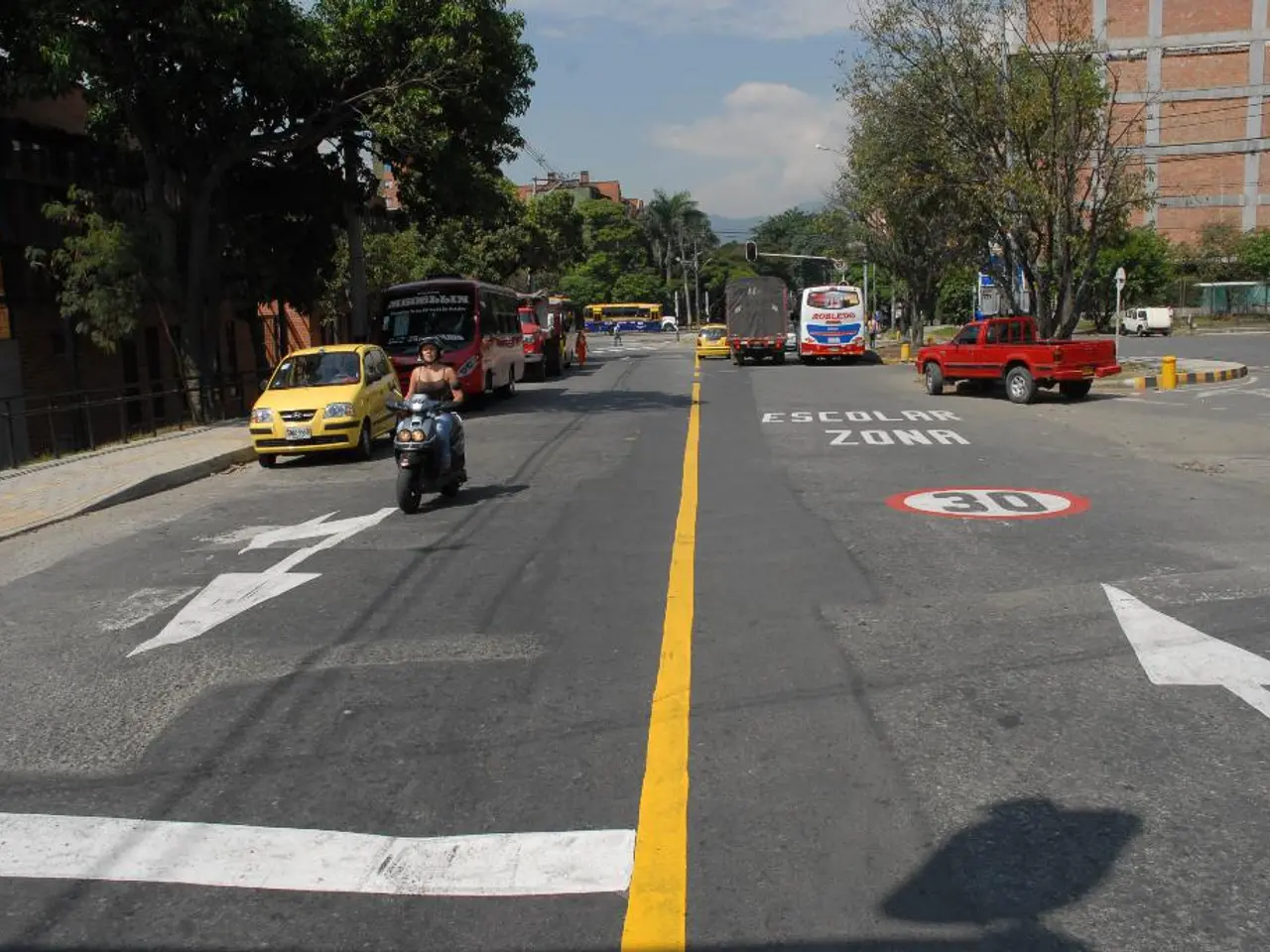What was the most recent tsunami to impact California, and is another occurrence feasible in the future?
The Pacific Coast of California has a long history of experiencing tsunamis, with events often triggered by large undersea earthquakes in the Pacific Ocean basin. This vulnerability is due in part to the geologically active Pacific Ocean, particularly the "Ring of Fire," which is prone to frequent large earthquakes.
For instance, the northern California town of Crescent City has a history marred by tsunamis, having been hit 32 times since 1933, including devastating events. The coastal geography of areas like Crescent City, with its shallow bays and inlets, can amplify tsunami waves, intensifying their effects.
Tsunamis are generated when there is a sudden displacement of the ocean floor during an earthquake, shifting massive volumes of water and creating waves that travel at high speeds. When these waves reach the shallower coastal waters of California, they increase dramatically in height, posing a significant threat to coastal communities.
While less common, other triggers for tsunamis include volcanic eruptions, underwater landslides, or glacial collapses. However, in the case of California, seismic activity remains the primary cause.
The most recent tsunami to hit California was in 2022, with tide gauges along the coast recording maximum wave amplitudes of 1.36 meters in Port San Luis. The tallest waves reached 2.61 meters. The most damage from the tsunami occurred in Santa Cruz and Ventura, California.
The U.S. West Coast is ranked at a high to very high hazard level for tsunamis. Despite this, the National Oceanic and Atmospheric Administration (NOAA) does not specify a timeline for the next potential California tsunami, nor does it predict the exact location where it will occur.
Preparedness and monitoring remain central to mitigating the threat of tsunamis. Federal and state agencies emphasise the importance of early warning systems, public awareness, and coastal preparedness. The recent 2022 tsunami alert triggered by an 8.8 earthquake off Russia’s Kamchatka Peninsula illustrates ongoing concerns and preparedness challenges for California’s coast.
It's worth noting that tsunamis are a recurring phenomenon worldwide, with local tsunamis causing damage approximately twice a year globally. The Hunga Tonga-Hunga Ha'apai underwater volcano, which violently erupted on January 15, 2022, is a stark reminder of the power and unpredictability of these natural events.
In conclusion, California's position on the Pacific Rim, with its frequent seismic activity and vulnerable coastal geography, makes it a region that must remain vigilant against the threat of tsunamis. Preparedness and monitoring remain the key to minimising the impact of these devastating events.
Read also:
- Heavy rain causes flash floods in Hyderabad, resulting in severe waterlogging and disruptions to city life during a heavy downpour.
- Unpleasant nights plague city dwellers due to intense heatwave conditions
- Massive Colorado wildfires engulf over 120,000 acres, with firefighters hopes pinned on improved weather conditions
- Water shortage persists on Big Island







